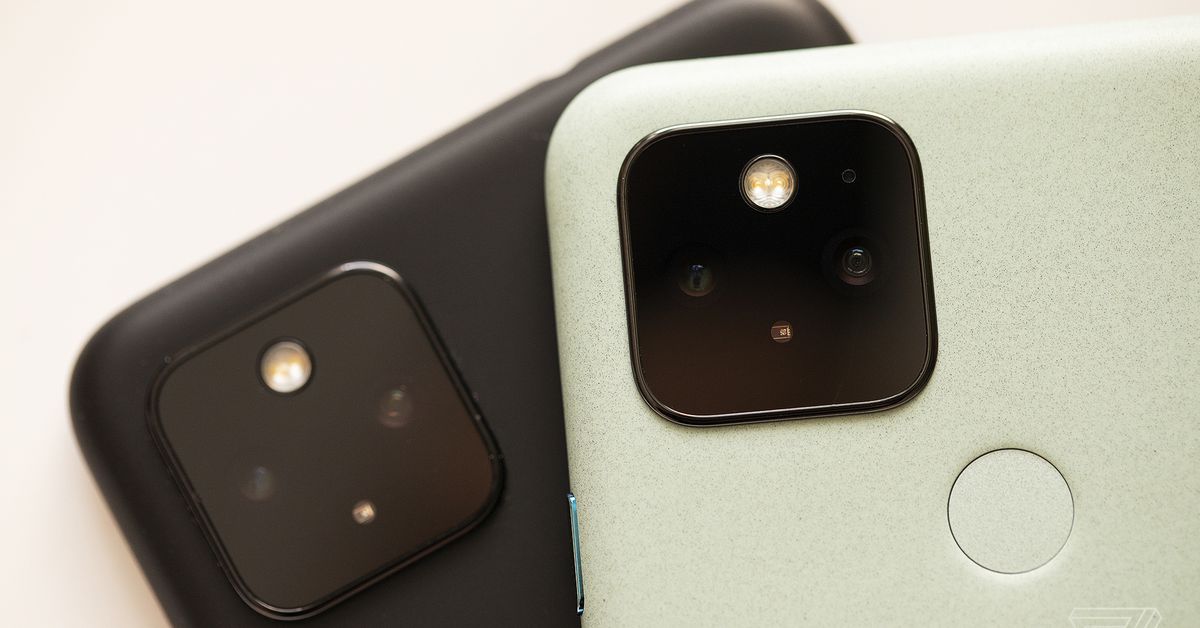Google is adding heart rate and breathing monitors to the Fit app on Pixel phones this month and plans to add them to other Android phones in the future. Both features depend on the smartphone’s camera: it measures the respiratory rate by monitoring the rise and fall of the user’s chest and the heart rate by tracking the color change as the blood moves by the fingertip.
The resources are only intended to allow users to monitor general well-being and cannot assess or diagnose medical conditions, the company said.
To measure the respiratory rate (the number of breaths someone takes per minute) using the app, users point the phone’s front camera at their head and chest. To measure the heart rate, they place their finger on the rear camera.
:no_upscale()/cdn.vox-cdn.com/uploads/chorus_asset/file/22279419/RR_Pixel_3.png?w=560&ssl=1)
A doctor tells a patient’s breathing rate as they watch their chest rise and fall, and Google’s feature mimics that procedure, said Jack Po, product manager at Google Health, at a news conference. “The machine learning technique we use basically tries to emulate that,” he said.
Google’s heart rate monitor is similar to a feature included by Samsung on several older Galaxy smartphone models, including the Galaxy S10. The company removed the feature for phones S10E, S20 and later.
The heart rate data from the Google app will be less comprehensive than the types of readings that someone can get from a wearable device, which can continuously monitor something like heart rate as someone goes through their daily lives. But a domestic resource that can check these metrics on demand is still a useful tool, Po said at the briefing. Anything that increases the number of measurements someone takes on their heart or respiratory rate is important – doctors, for example, usually only take a measurement every few months when someone enters an office, he said.
“If users measured their heart rate once a week, they would get a lot of value,” said Po. “They will be very valuable in tracking whether your heart rate is improving, whether exercise is paying off.”
GIF: Google
Google chose to incorporate these functions into the smartphone to make it accessible to as many people as possible, Po said. “Many people, especially in the economically disadvantaged classes at the moment, do not have items like wearables, but would still benefit from the ability to track their respiratory rate, heart rate, etc.”
Internal studies on Pixel phones showed that the respiratory rate feature was needed at one breath per minute for people with and without health problems, said Jiening Zhan, technical leader at Google Health, during a news conference. The heart rate feature was accurate to 2 percent. This feature was tested on people with a variety of skin tones and had similar accuracy for light and dark skin, she said. The team plans to publish a scientific article with data from its evaluations.
The team will study how the features work on other phones before making them available outside of Pixel. “We want to make sure you know, the rigorous testing is done before it is released to other devices,” said Zhan.
At the moment, resources are described as tools that can be used for general well-being. Google does not claim that they can perform a medical function – which is why it does not need authorization from the Food and Drug Administration (FDA) to add them to the application.
Eventually, they can take the app that way, Po indicated. Tests on the resources show that they are consistent with clinical products, he said, so it is a possibility in the future. “Frankly, we haven’t done enough testing and validation to say that it can definitely work for these use cases just yet, but it’s definitely something we’re exploring,” said Po.
